Inside: How to identify signs of dehydration in kids as well as what to do if your child is dehydrated and when to seek medical treatment. Sponsored by The Heights Emergency Room.
At some point, it’s likely that we all have experienced at least mild dehydration and we know how to recognize the warning signs in our own bodies.
However, children are at even greater risk of dehydration than us, and they might not know what is going on or how to tell us that something is wrong.
That’s why it’s so critical — especially during the hot summer months — to know how to recognize signs of dehydration in kids. Equally important is knowing what to do and when/where to seek medical treatment.
Causes of Dehydration in Kids
Children and babies are especially susceptible to dehydration, more so than adults, because they are smaller in size and have smaller water reserves.1
Dehydration in children may be caused by a number of factors including:
- Not drinking enough fluids
- Excessive activity, especially in hot weather
- Gastrointestinal illnesses with diarrhea and/or vomiting
Signs of Dehydration in Kids
When wondering how to tell if a child is dehydrated, the main thing to consider are changes from the norm, both in appearance and behavior.
The following are common symptoms of dehydration in children:
- Lack of Body Fluids — When dehydrated, children may exhibit dry skin and/or mouth, no tears, and decrease in urine production.
- Acting Lethargic or “Off” — Another telltale sign of dehydration in children is that they’re not acting like themselves. Drowsiness, irritability, sleepiness, or acting too tired to move are all symptoms that should be taken seriously.
- Pale Appearance — Children who are dehydrated may exhibit pale skin (that may be cool or clammy to the touch) and/or sunken eyes.
- Elevated Heartbeat — In more extreme cases of dehydration, a child may experience a racing heartbeat (over 110bpm).2 This can lead to dizziness and even fainting, so seek medical attention immediately if you notice any of these symptoms.
Don’t wait for your child to say “I’m thirsty!” — It’s important to remember that children may already be dehydrated before they say they’re thirsty or ask for a drink.
Signs of Dehydration in Babies
Since babies can’t tell you how they are feeling, it’s critical to keep a close eye on them when they are exposed to warm temperatures.
In addition to the symptoms of dehydration in children listed above, babies may exhibit the following:
- The “soft spot” on top of their head appears sunken and more pronounced
- Fewer wet diapers than normal
- Little to no tears when crying
- Irritability or crying more often
- Drowsiness
If your baby is breastfed, continue to nurse as you normally would to replace as much lost fluid as possible and seek medical attention.
How to Treat Dehydration in Kids
Mild dehydration in kids can often be treated simply by replacing lost fluids with water or an oral rehydration solution. However, if symptoms don’t improve after a few hours or they worsen, seek medical attention immediately.
When to take your child to the emergency room for dehydration:
- There is little to no improvement after a few hours of rehydration attempts
- Their condition worsens
- They are continuing to vomit or experience diarrhea for a prolonged amount of time
Where to Take Your Child for Dehydration Treatment
When your child experiences dehydration or other serious medical issues, you want to get them seen by a doctor as quickly as possible. Surprisingly, a traditional hospital emergency room is not always the ideal choice.
Did you know that only 8% of patients that visit a traditional emergency room are admitted into the hospital as an inpatient?
That means that the majority of those patients could have been served more quickly and more economically at a free-standing emergency room such as The Heights Emergency Room.
The Heights Emergency Room always has board-certified ER physicians on-site, so they can handle most emergencies that a traditional hospital can — without the wait time and at a fraction of the cost! Plus, they accept most private insurance.
What surprised me most about The Heights Emergency Room is that it doesn’t feel like a hospital. The interior is warm, inviting, and impeccably clean — I loved the soft earth tones and the wood floors.
As you can see from the photo I took above, the nurse station is right in the middle of the facility, surrounded by the individual patient rooms. Each room is in direct view of a nurse or doctor at all times so you never feel ignored or forgotten.
However, all appearances aside, what really matters about an emergency medical facility is that it is equipped to handle your needs.
The Heights Emergency Room offers:
- Board-certified emergency medicine Physicians
- ER/ICU trained nurses
- Open 24/7, including holidays
- Private patient rooms
- No wait time
- Adult and pediatric emergency room services
- Well-stocked on-site pharmacy with IV medications such as antibiotics, cardiac antiarrhythmics, and blood thinners
- The latest digital imaging equipment including X-rays, CT scans, and ultrasounds
- Laboratory tests such as complete blood counts, metabolic panels, cardiac enzymes, liver tests, urinalysis, and drug screens
But what I think is truly the best thing about The Heights Emergency Room is its people. An emergency visit can be a stressful time, so having the right people in your corner makes all the difference.
During our visit, Dr. Mendoza took time to answer all of our questions, as if we were his own family and not just patients. We never felt rushed, but we were still in and out in about an hour — which is so helpful with our busy schedule!
Of course as parents we hope that we never need to use an emergency room, but it is always a good idea to have a plan of action and know where to go just in case. The Heights Emergency Room is our choice!
How to Prevent Dehydration in Children
Especially during the hot summer months, it’s important to ensure that you always provide children with plenty of fluids, whether or not they ask for them.
Water is the best choice for staying hydrated — juices and other drinks containing sugar should only be enjoyed in moderation.
Children ages 4-8 should be consuming about 5 cups of water per day.3 By the time they reach the teenage years, kids should be drinking about the same amount of water as adults.
TIP: Try one of our fruit-infused water recipes for a delicious and healthy drink kids will love!
The old saying that “prevention is the best medicine” definitely applies when it comes to dehydration. However, knowing where to go in case of an emergency is just as important.
For more information about The Heights Emergency Room in Houston, Texas visit HoustonHeightsER.com
ADDITIONAL SOURCES
- Cafasso, Jacquelyn. “The Warning Signs of Dehydration in Toddlers.” Healthline, 2 June 2016. https://www.healthline.com/health/parenting/signs-of-dehydration-in-toddlers#risk-factors.
- “When to Take Your Child to the ER for Dehydration.” Rocky Mountain Hospital for Children, https://rockymountainhospitalforchildren.com/health-education/when-to-take-your-child-to-the-er-for-dehydration.dot.
- Holecko, Catherine. “How Much Water Should Kids Drink.” Very Well Family, 4 January 2019. https://www.verywellfamily.com/keep-them-hydrated-water-for-kids-1257128.
More of our most popular posts about kids health:
Common Nutritional Deficiencies in Children
The Benefits of Outdoor Play for Kids
- Paper Chain Octopus Craft - April 24, 2024
- Amish Sugar Cookies - April 19, 2024
- Marshmallow Playdough - April 18, 2024

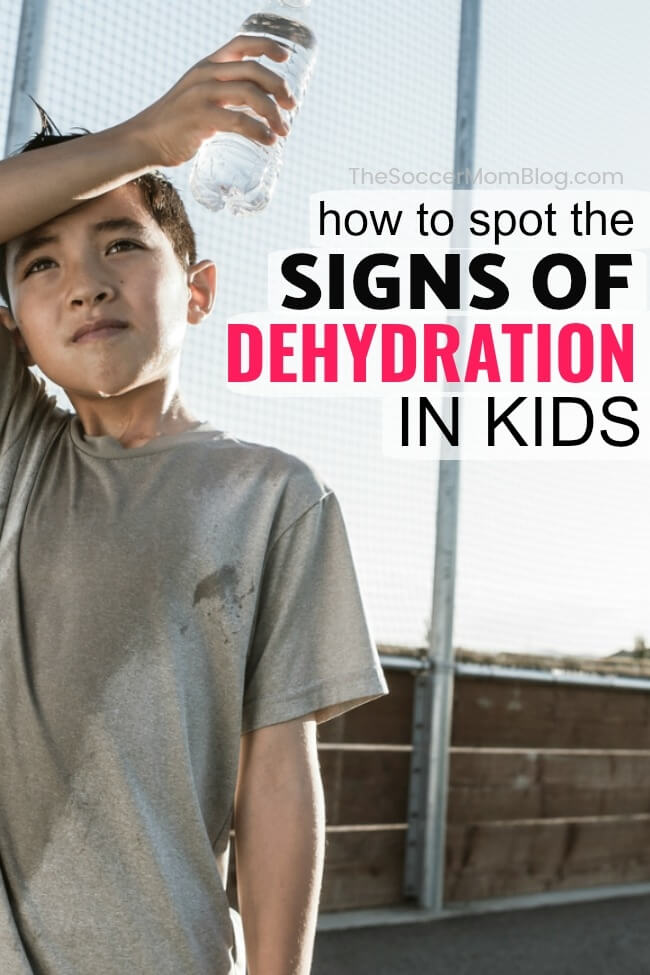
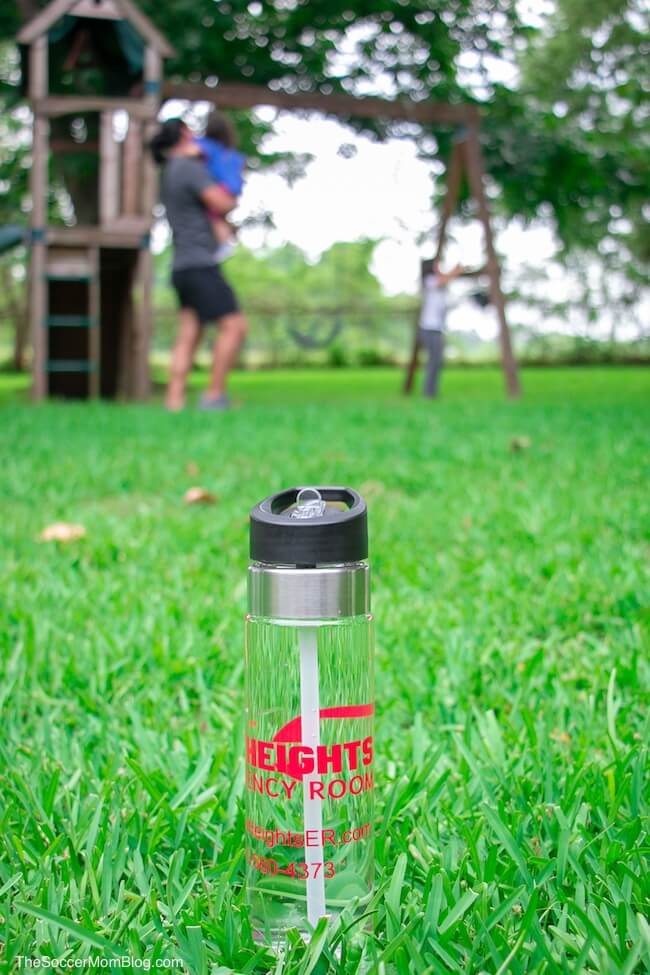
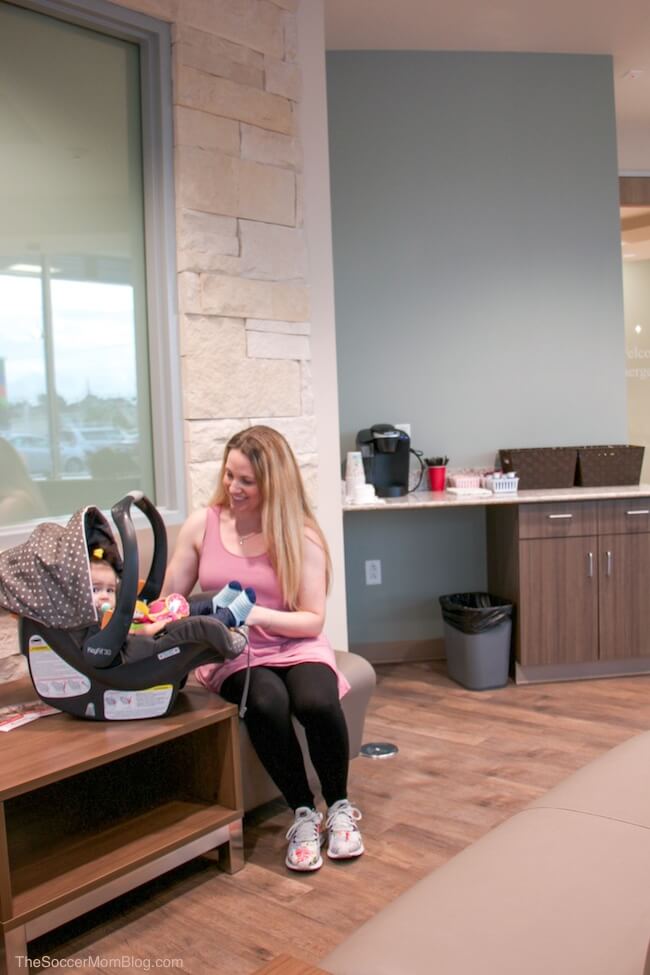
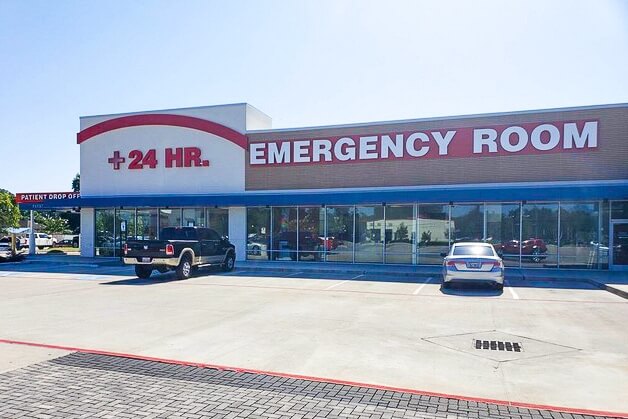
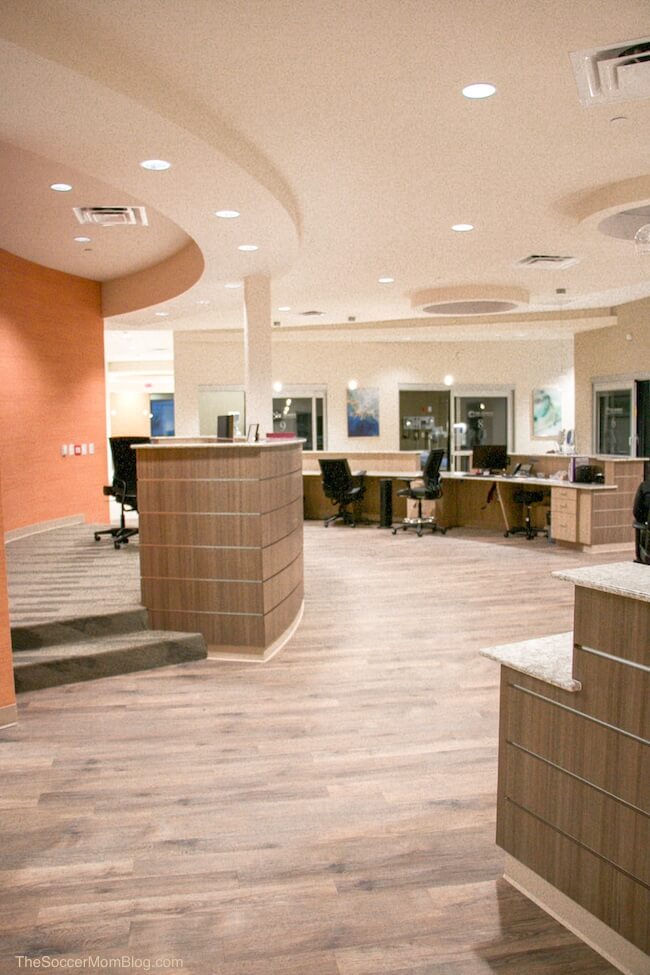
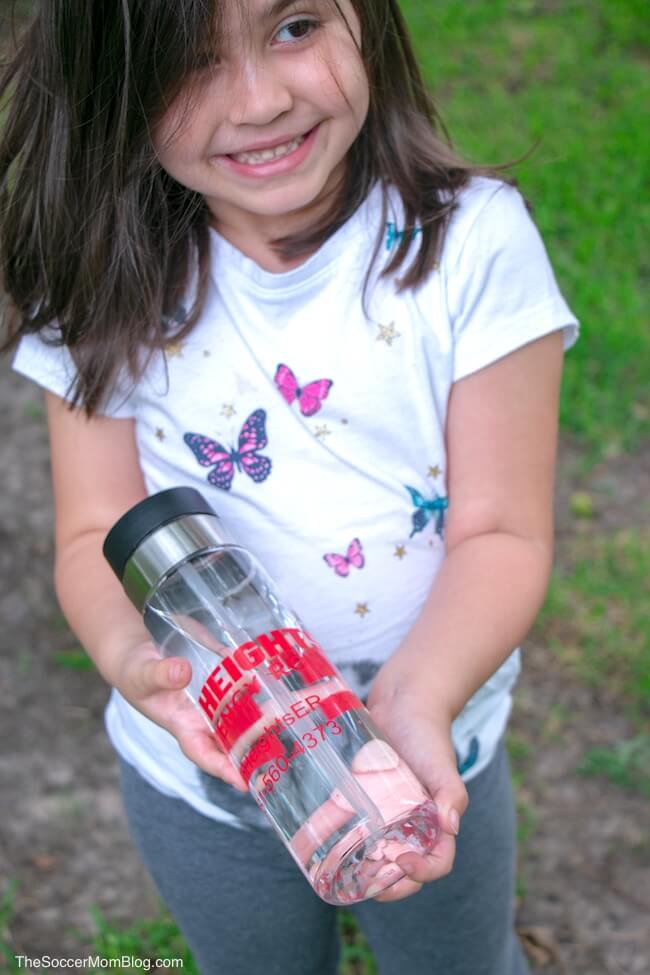
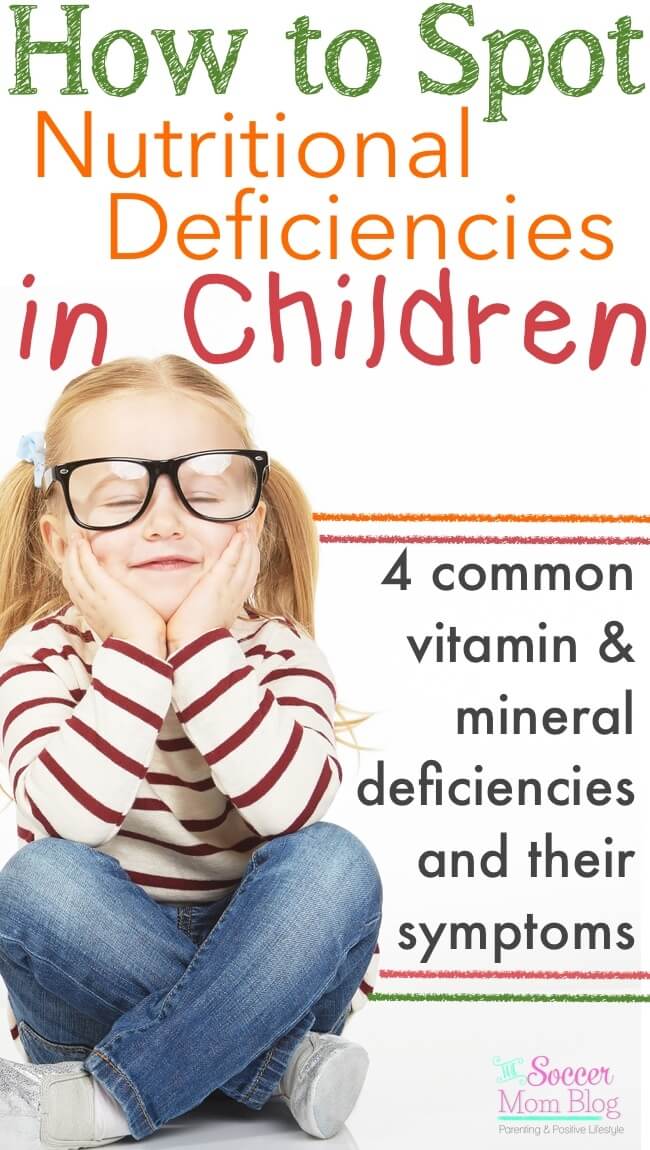
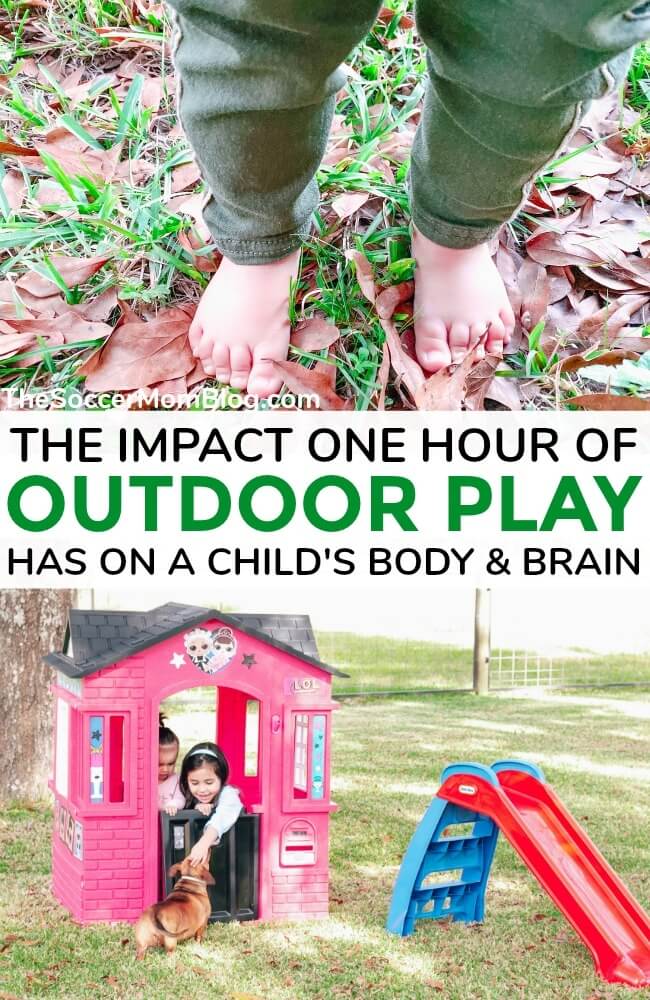

Leave a Reply